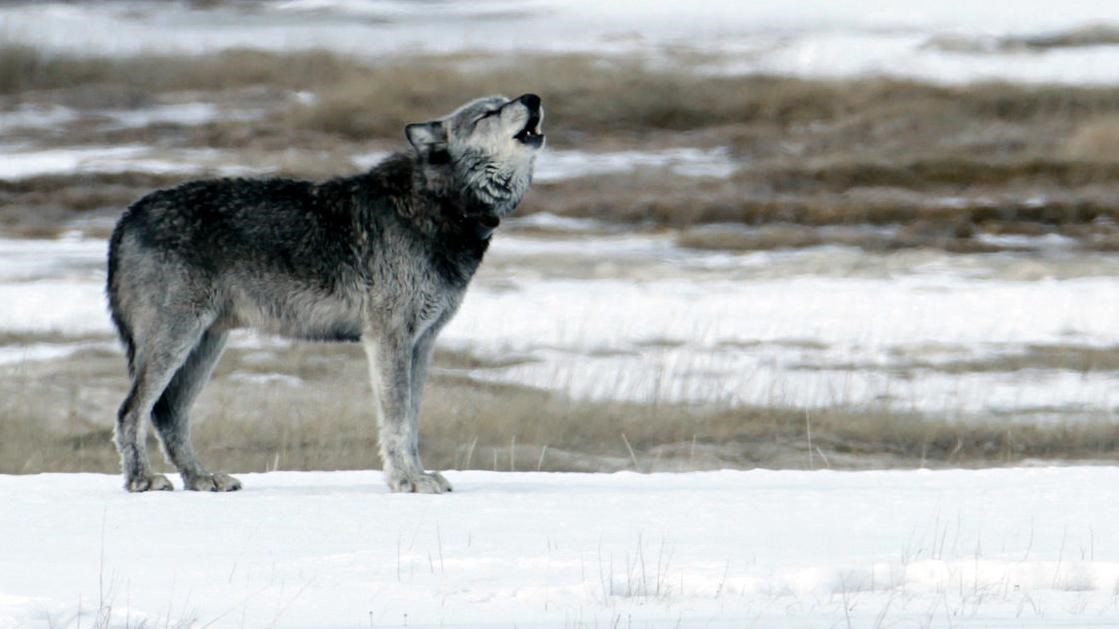
NPS 
Scientific NameLontra canadensis Identification
Habitat
Behavior
ResourcesCrait, J.R. et al. 2006. Late seasonal breeding of river ot- ters in Yellowstone National Park. American Midland Naturalist 156: 189–192. Crait, J.R. and M. Ben-David. 2006. River otters in Yellowstone Lake depend on a declining cutthroat trout population. Journal of Mammalogy. 87: 485–494. 
Mammals
Home to the largest concentration of mammals in the lower 48 states. |
An official website of the United States government
Here's how you know
Official websites use .gov
A
.gov website belongs to an official government
organization in the United States.
Secure .gov websites use HTTPS
A
lock (
) or https:// means you've safely connected to
the .gov website. Share sensitive information only on official,
secure websites.
